Uganda is a small country with a population of about forty three million people all of different races, religions, ethnicity and cultural backgrounds. Despite the presence of many languages, numerous tribes and foreign intrusion, Uganda’s culture highly remains undefiled. This is a reason why it is worthy to be celebrated.
Language is a key element of culture and for the case of Uganda, over thirty languages are spoken by different people across the country. The main languages including , Luganda, Acholi, Ateso, Lugbara, Runyakore-Rukiga and Runyoro- Rutoro. Other minor languages are spoken by fewer people and are often grouped with the major ones depending on the level of mutual intelligibility.
Uganda’s culture ranges from religion, food, values, norms, practices and social beliefs for example the tribes in Northern and eastern Uganda in terms of food grown; sorghum and millet as their staple food crop while their counterparts in the in central and southern Uganda on the other hand grow matooke (green bananas) and root crops like potatoes and cassava as their staple food crop.
Every tribe in Uganda has a myth, a folktale or a legend about its origin. Historical places, burial cites and sacred places which are highly respected. Despite being in the same country, the different cultures with different values and practices amazingly have a way of blending and co-existing with one another.
Some of the cultural practices include traditional circumcision of men among the Bamasaba of eastern Uganda who settled on the slopes of mountain Elgon and strongly believe it to be the cradleland of mankind where the first humans Mundu and Sera lived. They enjoy eating bamboo shoots locally known as “malewa”. These people believe in a god called ” Were” who they believe to be the creator of the universe.
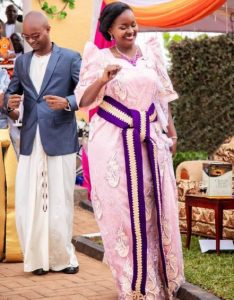
While the Bamasaba circumcise men, their neighbours the Sabinyi a tribe in kapchorwa are known worldwide for circumcising women. A rite they believe to symbolize transition from girlhood to womanhood.
Also not so far away in the east, the Itesot highly regard the famous Nyero rock paintings to be a sacred place where the ancestor of mankind lived and invented the art of writing by painting pictures inside the wall of a rock cave. This is a tribe of warlike people who love to drink locally made brew called “Ajon”. Made from millet…its drinkers nicknamed it ‘achoa iteso” meaning the wisdom of the Itesot. The traditional food for the Iteso is called “Atap” which is millet bread commonly eaten with meat, fish, and bitter leaf. They are closely related to another awesome warlike, nomadic tribe with the most amazing people, the Karamojong whose lives seem to totally depend on livestock. A good Karamojong is a fierce one, a herdsman , a warrior and a cattle rustler who is willing to raid other communities for livestock or defend karamoja from foreign attack. The milk from the cattle is mixed with fresh animal blood to make a yummy meal enjoyed by only those who know the secret of its taste. Unlike other tribes, the Karamojong are known for walking with only a piece of cloth wrapped around the genitals carrying a gun or a stick herding cattle.
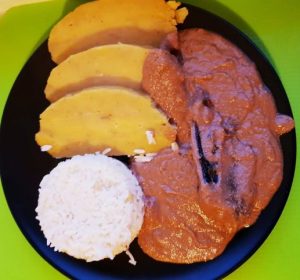
On the contrary, the Baganda of central Uganda are matooke(Banana) growers and eaters, who prefer to keep a less number of livestock but would rather grow root crops like potatoes and cassava due to the favourable climate. Buganda kingdom is one of the oldest surviving kingdoms in Uganda and it under the leadership of a cultural leader with the title of “kabaka” who is regarded as the landlord, chief judge and custodian of the Buganda kingdom. His subjects accord him a high respect devotion and love which is not evident among other tribes. The other tribes also have a lot of uniqueness in the cultural aspect, for example the Bamba and the Batwa a forest people who live by hunting and fruit gathering in forests around mountain Rwenzori. They are a hospitable people who stay in large numbers and are known for their love for music. It’s amazing to watch how a half-naked Bamba woman swings her hips to the sound of a drum while performing the traditional dance.
Culture provides the people a sense of identity and belonging since people coming from the same cultural heritage are sure to relate easily and interact with one another even in a foreign place. The nomenclature is a symbol of culture, you are sure to know a person’s place of origin by just looking at the name. The names are mostly given following the ancestors and often time named according to the season one is born…it might be war, draught, happiness or calamity. This type of naming is common among the Ankole people who give proverbial names like “Ainebyona’ to mean God has all or ‘Akankunda” to mean “he loves me” how wonderful and peculiar! Among the Banyoro and the Batoro who are the descendants of the historic Luo-bito dynasty, the nomenclature is full of pet names like Akiki, Abwoli, and Amoti. All these names make one identify with his or her tribe of origin.
The culture also stands unshaken in terms of religion. The native people despite of the influence of Christianity and Islam still believe in the traditional ways. The traditionalists have an organization led by a priestess popularly known as “mama FINA”. A traditional cult among the Buganda known as ‘Abassamize’ still carry on ancestral rituals to worship ancient gods known as ‘lubale’. The worshiping is mainly done on the hills, valleys, big rocks, big old trees or even in shrines.
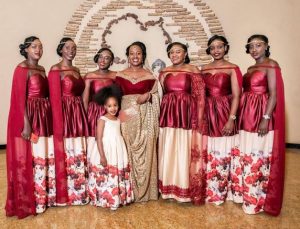
Different tribes dress differently. While the Basoga women put on “gomessi” as a traditional wear, the Baganda women put on “kikoyi’ and the men put on kanzu. They also put on backcloth made from the bark of a ” mutuba” tree. On the other hand the daughters and sons of Gipiri and labongo, who are the Acholi, Lango, and japadhola put on ‘kitenge’ and wrap their waist with a lessu. They are also famous for making beads for necklaces, waistbands, anklets and wristbands from wild beans, mammal tooth and snail shells.

Traditional instruments like drums, flutes, Xylophones and stringed instruments like the “adungu” are also a source of identity since every tribe has a unique traditional music instrument to its name. The famous ‘akogo’ is a thumb piano exclusive to the Iteso.
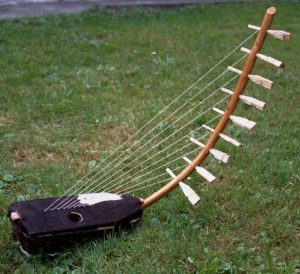
The Baganda have the long ‘ngalabi’ drum and other tribes too different items. Weapons like spears, shield, arrows and bows are uniquely designed using the art pattern of a specific tribe and they are often times used as symbol of traditional power in otherwise a royal regalia. Conclusively, the oral tradition is a strong vehicle through which culture is transmitted. It ranges from dance, poetry, drama, legends, myth and so on. It is through this that the children are educated by the elders often informally around fire places or in family gatherings after or before the evening meal. All the above make Uganda rich culturally and a real destination for tourism.
This post was written by Ms. Atim Sheila. She is part of the marketing department of Ntungo wildlife Safaris Ltd.
Do come and visit Uganda so you can experience the various cultural norms yourself! Totally amazing.
Book or inquire about your safari with us on info@ntungosafaris.com or connect with us on whatsApp or direct call: +256 701 027620. You can also check out our safari offers on www.ntungosafaris.com

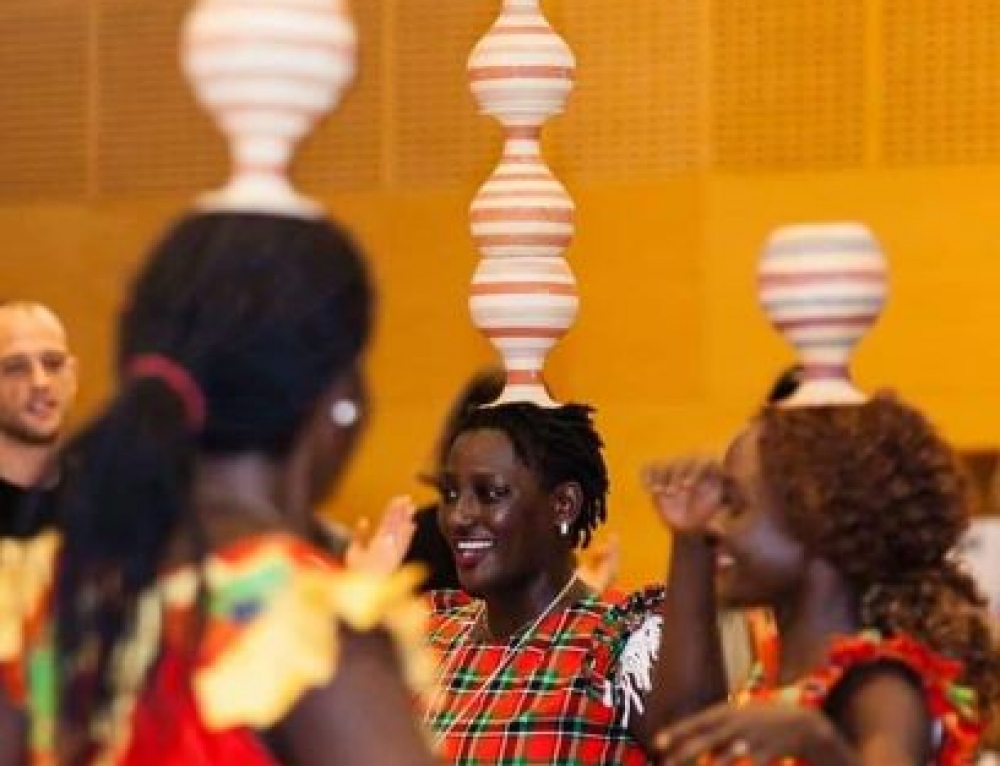
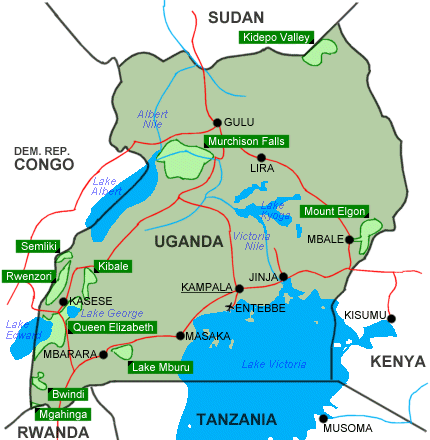
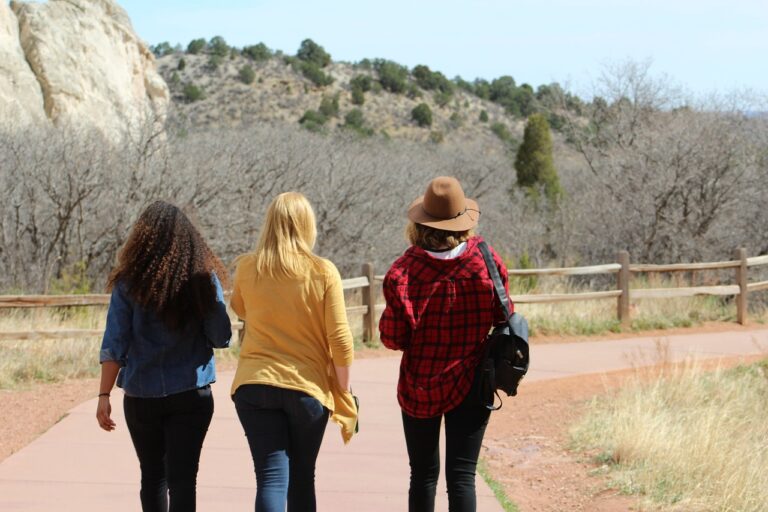
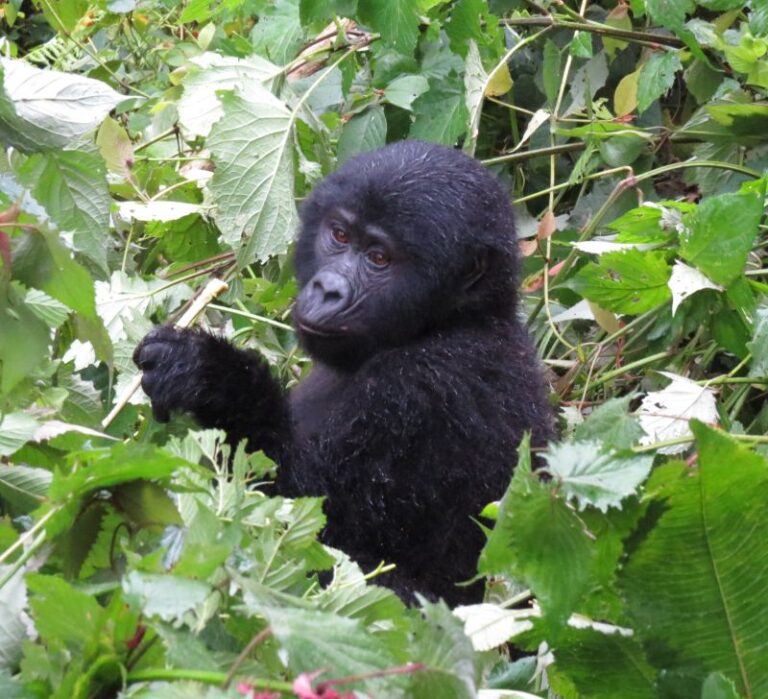
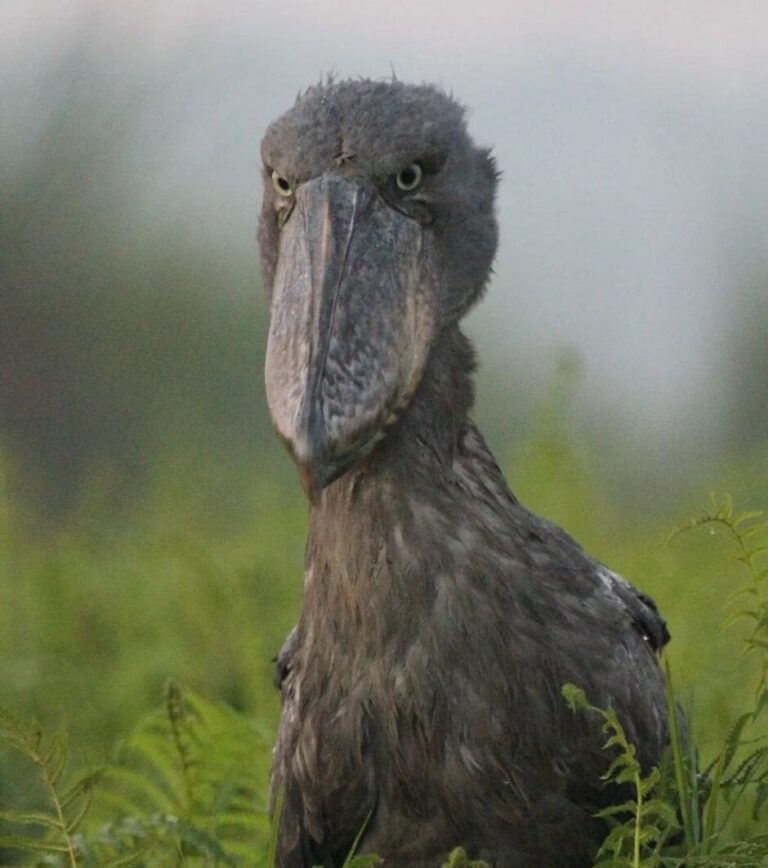
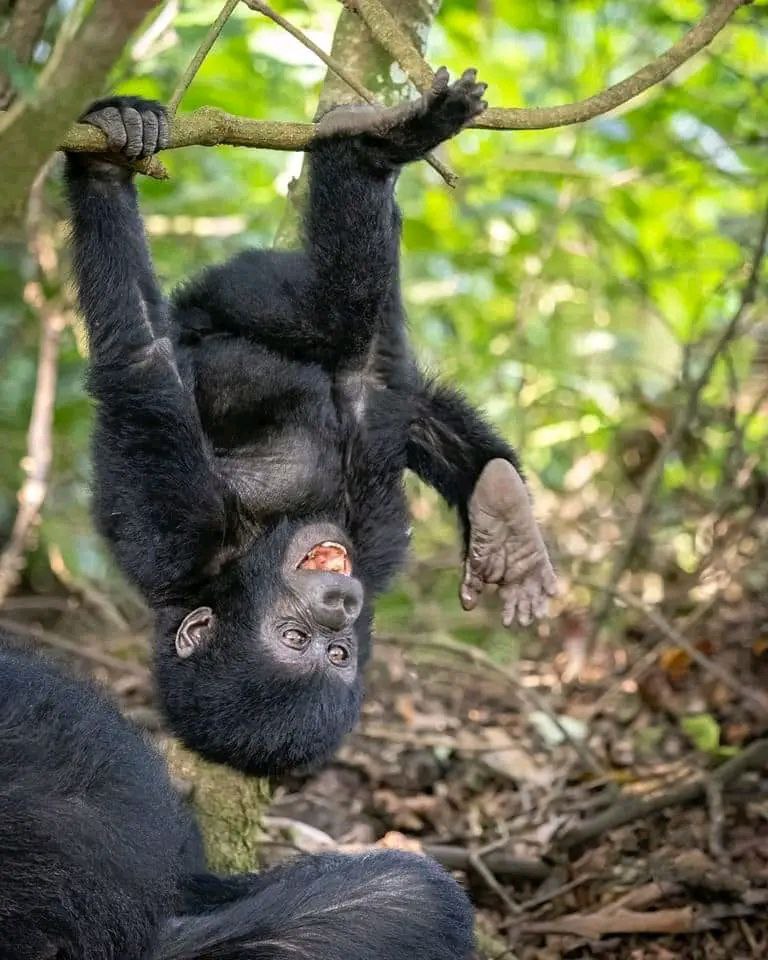


Comments